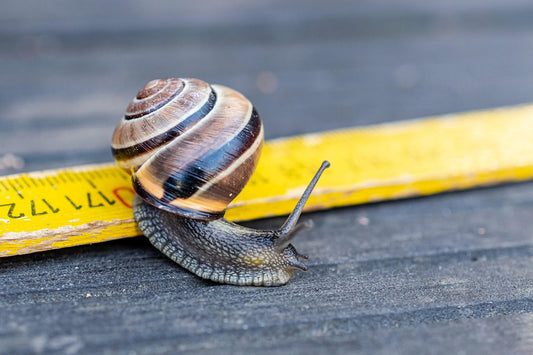Today I'd like to cover how a Noise Harvester works. It's a clever little device that converts line noise into light and when it does that the converted noise energy dissipates into the room in a series of flashes never to be heard from again. Literally.
The basic circuit is a fairly simple one in concept - we have a capacitor and an inductor (coil of wire wrapped around some magnetic material) in parallel with the AC line. What this does is sets up what we refer to as a tuned resonant tank - a parallel filter that starts working only at specific frequencies above a certain point.
The tuned circuit routes energy through it and we then channel that energy through a semiconductor one-way gate and into a storage tank. The storage tank is nothing more than a capacitor and to that capacitor we have some circuitry that measures the level of the storage tank. When the storage tank gets to a high enough level, we release all that energy into a big LED light and it flashes - thus emptying the storage tank and the circuit is set to go again.
The idea for this clever circuit came from a photo flash or electronic strobe. If you remember back to the days when electronic flash units were always separate from cameras, you might also remember the sound they made as they charged up between each flash. It was a high pitched rising frequency noise that, as a former professional photographer, sticks in my mind even to this day.
The way these strobes worked was somewhat different than the Harvester but close enough to where you'll get the idea. A strobe is battery operated and batteries have a fairly low voltage on them - a couple of AA batteries produce 3 volts - but you need at least 100 volts to flash the xenon tube in the flash. So to generate 100 volts from 3 volts, you have to first turn the battery voltage into AC so you can step it up - that AC makes the high pitched noise you hear when the strobe is charging. The AC runs through a small transformer to create a higher voltage and then it's turned back to DC and fills up a capacitor. Once the capacitor is full, the strobe flashes when you press the shutter.
The Harvester doesn't need 100 volts - as an LEC operates on just a couple of volts - but the line noise is less than a couple of volts and too low to fire an LED. So what we do is use a clever circuit that collects (harvests) low voltage line noise (that is already AC) and then we convert that voltage to DC and then stack that voltage (as we collect it) to create a higher and higher level until we have enough to fire the LED. Blink! The capacitor is emptied and we're ready to collect more.
The Harvester is really unique - it isn't just a simple capacitor across the AC line as many parallel filters are - it is actually a fairly sophisticated circuit invented by one of our engineers in response to my crazy idea. The engineer is Laszlo Juhasz - and we used to call him our Hungarian genius - and bright he is. After I presented my idea to Laszlo he thought about it for a couple of minutes and said "I am gonna build this for you" in his wonderfully thick Hungarian accent.
Laszlo went off and we didn't see him leave his bench for a couple of weeks - but he emerged with what we now know as the Harvester - and it worked perfectly out of the chute.
One of the things I so cherish about my work is being in a position to come up with a harebrained idea like the Harvester, hand it off to a really bright engineer and get something back that realizes the vision.
I happen to be in the middle of two new big projects right now with our Chief Engineer Bob Stadtherr and a new addition to our engineering brain trust, Ted Smith - two of the brightest individuals I have ever had the pleasure of working with.
Life's good.








